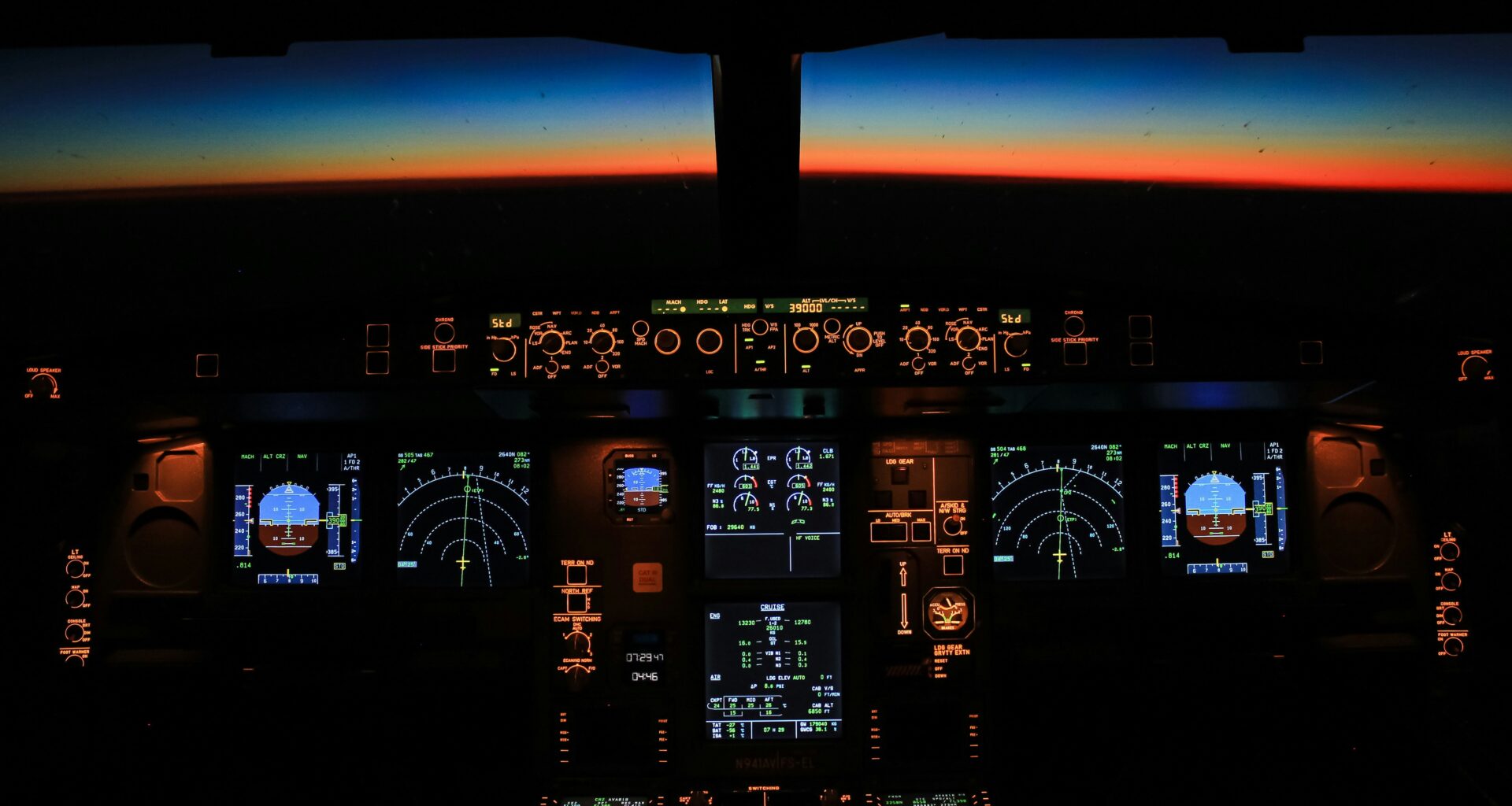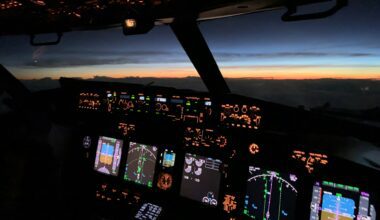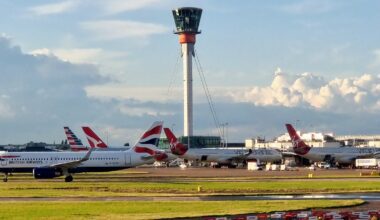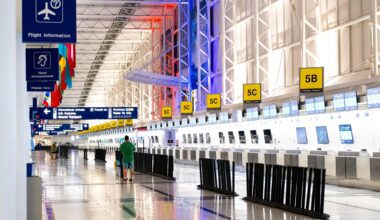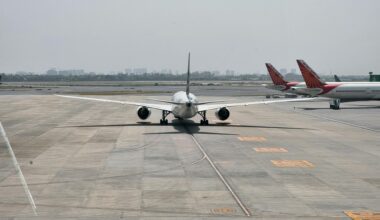Welcome to another thrilling round of Aviation Ethics: The Reality Show. Today’s episode? Cameras in aircraft cockpits. Should we install them? Should we livestream them?
Every time a plane crashes and the data is fuzzy, like we’ve seen with Air India, for example, the conspiracy brigade dusts off their keyboards and goes to war. Was the pilot asleep? Was it deliberate? Did a raccoon sneak into the avionics bay? Until we decode the black boxes, and sometimes even after, it’s often guesswork, speculation, and YouTube comments that should, frankly, be declared a no-fly zone.
Which begs the question:
What if we actually saw what happened?
In This Post
Mystery in the Flight Deck
Take the tragic case of Air India Express IX812, a runway overrun with unanswered questions, human error flagged, but no visual proof of what went down in those final, fatal seconds.
Or Germanwings 9525, where the story was horrifying, but the evidence was almost entirely audio. The CVR said a lot. Cameras could have said more.
And let’s not forget: every time we don’t know, everyone else thinks they do.
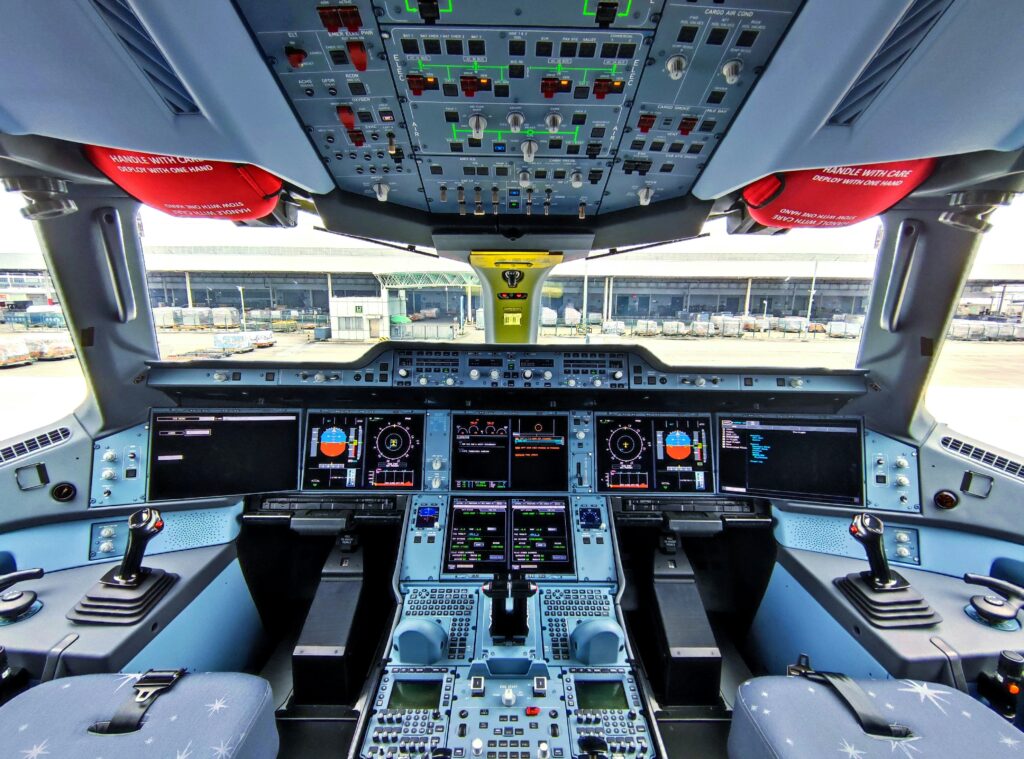
The Argument For Cameras: Because Data is Sexy
Human error causes around 70–80% of air accidents. And right now, we’re trying to understand those errors through sound bites and numbers.
- Video closes the loop. You’ve got altitude, airspeed, angle of attack… but what was the captain actually doing?
- Faster investigations. Not every incident needs a six-month Netflix docu-drama.
- It’s 2025. My doorbell has a camera. My fridge probably does too. But not the cockpit of a £350 million aircraft?
Let’s call it what it is: we already watch everything except the thing flying us at 38,000 feet.
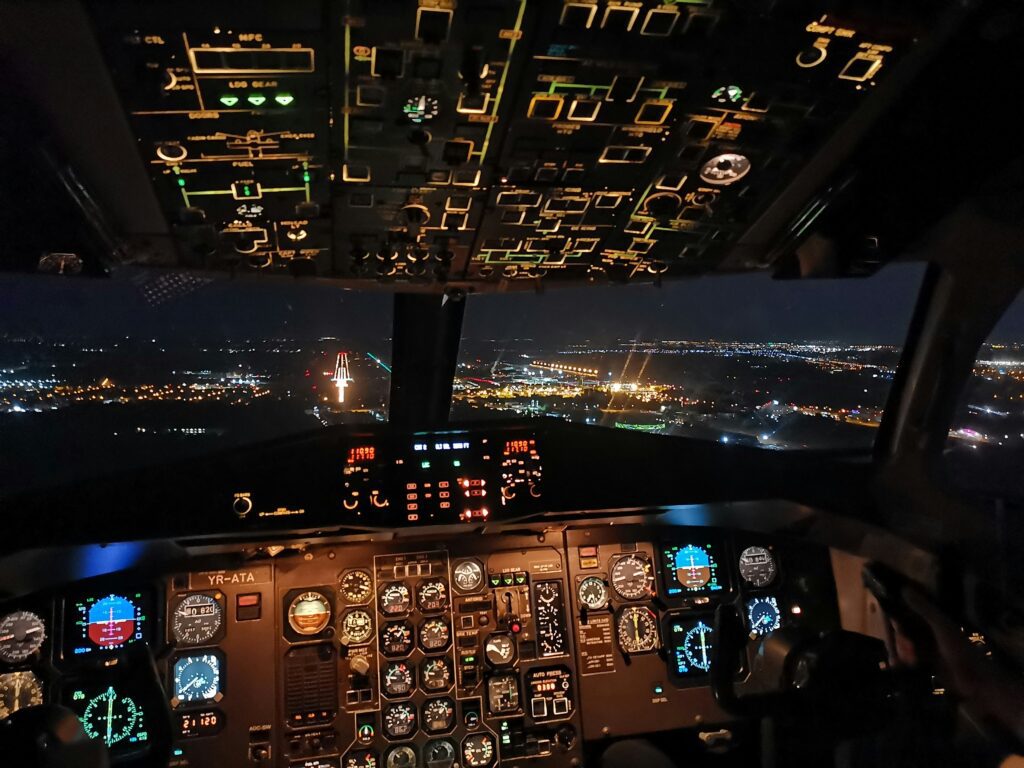
The Case Against: “Big Brother is Cleared for Takeoff”
Pilots are (understandably) not thrilled. And not just because they might be filmed scratching themselves mid-cruise.
- Privacy. Imagine being filmed at your desk 11 hours a day while dodging lightning, ATC errors, and overly chatty copilots.
- Mental overload. Knowing every movement is being recorded isn’t helpful during high-stress go-arounds.
- Media vultures. One leaked video, one out-of-context clip, and suddenly you’ve got Daily Mail headlines like: “Captain Sneezes Seconds Before Crash”.
- Slippery slope. Today: safety. Tomorrow: performance reviews via TikTok?
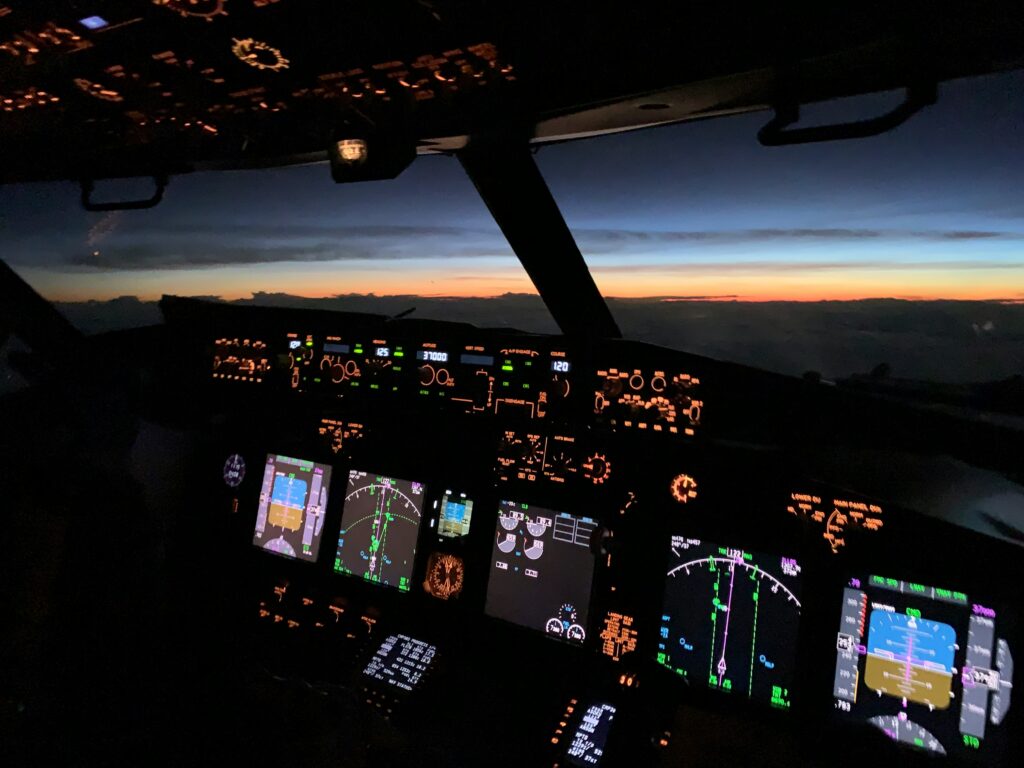
Could There Be a Middle Runway?
Not everything in aviation needs to be black and white. Sometimes, it’s Ryanair yellow.
Here’s what a compromise might look like:
- Cameras activate only in abnormal situations (emergency descent, stall warnings, etc).
- Video is encrypted, locked tighter than a Heathrow immigration queue.
- Only accessible by air crash investigators. No PR teams. No execs. Definitely no influencers.
If done right, cameras in aircraft cockpits could be the seatbelt of modern aviation: not glamorous, but undeniably smart.
WingTips Verdict: Film It or Forget It?
This is the aviation version of the trolley problem. Do we preserve the pilots’ privacy, or potentially save lives with a little extra visibility?
The truth?
Pilots aren’t robots. They’re highly trained humans with caffeine addictions and a checklist the size of War and Peace. Cameras won’t prevent every mistake, but they might help us understand what went wrong before it happens again.
Just don’t expect a Netflix Originals series called Cockpit Chronicles. Unless, of course, it’s voiced by David Attenborough. In which case, I’d watch that.
Still Taxiing? Read On:
